Understanding GitHub for Crypto Traders
GitHub for Cryptocurrency traders
If you are into cryptocurrencies, you probably have read the following in pretty much every enthusiast group:
- Did you read about PooCoin? It's the dope! you need to invest in it they have such an amazing technology!
- Yeah well, their GitHub repository haven't moved for like 2 years, I doubt they're up to anything...
- That's your opinion!
Thing is, no, the status of a currrency GitHub repository is not an opinion, it's a fact, an actual proof of the health of a cryptocurrency: its code.
What is GitHub anyway?
In order to understand the value and role of GitHub in the cryptocurrency world, it is important to understand what GitHub is, and what purpose does it serve.
GitHub's role is not particularly linked with CCs (cryptocurrencies), in fact, it is nothing more than a public, easy to use and featurefull source code repository. What do I mean by that you probably ask...
OpenSource
You must realize that a coin solely exists and is famous because of the technological value it provides, what problem does it solves, what does it do. By "it", I mean:
- Its network
- Its nodes
- Its wallets
- Its plugins
- To sum it up: its features
And all of those are defined by only one thing: its code, the recipe that makes a program usable on your computer, every single program you use, from the web browser you are using right now, to your text editor, games, music player, mobile phone, they all come from source code, written by programmers.
Simplifying a bit, the code that's written to create an application can be of two types:
- Closed sourced
- Open sourced
In the first scenario, you won't ever have access to the recipe and secrets behind the program you're using, meaning that maybe it does something you don't want behind your back, like leaking personal datas to the program vendor. There are plenty of proven stories on this subject.
Examples of closed source applications: Microsoft Windows, Microsoft Office, Apple OSX, Apple iOS, Opera...
In the second scenario, the source code, the recipe of the program can be read by anyone, and among them, qualified peer programmers that would detect code leaking data or doing something not advertised by the application. And as a matter of fact, you don't want a system that deals with your money to do things behind your back, this is why every cryptocurrency is made of opensource code and is available for everyone to:
- Read
- Share
- Participate
One of Open source strength resides on the fact that everyone can participate by coding, designing or simply documenting. Nowadays, the most common and convenient way to work on an open source project is to use GitHub to share the code / recipe among developers, accept fixes and features requests, publish documentation and interact with other developers.
GitHub for cryptos
GitHub is probably the #1 online resource used by opensource developers. It has made more convenient and productive to participate in a project. Not only cryptocurrencies are using it, also big names in the Free Software world like Linux, nodejs or homebrew. The first ever cryptocurrency, Bitcoin, is available in GitHub, and as it happened, a vast majority of the currencies you are trading are actual "forks" of the original coin.
A fork is an important concept directly imported from the opensource world, and you crypto traders might have read it many times without really understanding what it means: A fork in the coding world is the action of cloning a code base to start another project based on this clone. It is then independent and can be modified as an autonomous project. A lot of shitcoins aka scams are in fact forks of known or lesser known currencies where the initiator of the fork did pretty much nothing and calls his project a revolution for having a massive roadmap that he'll never implement.
GitHub has many features to detect such a behavior. By knowing what is happening to the code, they provide graphics with the repository activity and commits. Lets stop and explain those two words which are possibly the more important of all:
- Commit: a commit is like the published difference between the current code and the last publication. A commit may contain 1 lines or 10000 depending on how the developer works, but it is a valid representation of the work actually done. This commit is usually then sent to GitHub (this is called a push) and you can then see the differences in previous states of the software:
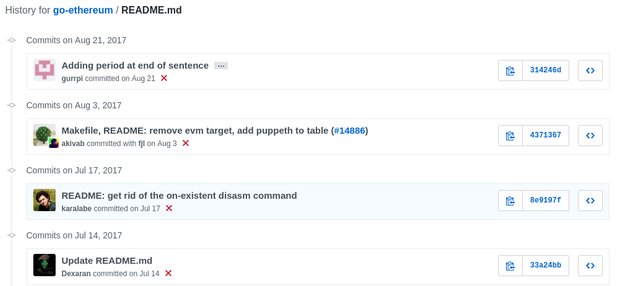
- Repository: pretty much the homepage of a program code base. For example, in Bitcoin's GitHub page we can see a couple of projects:
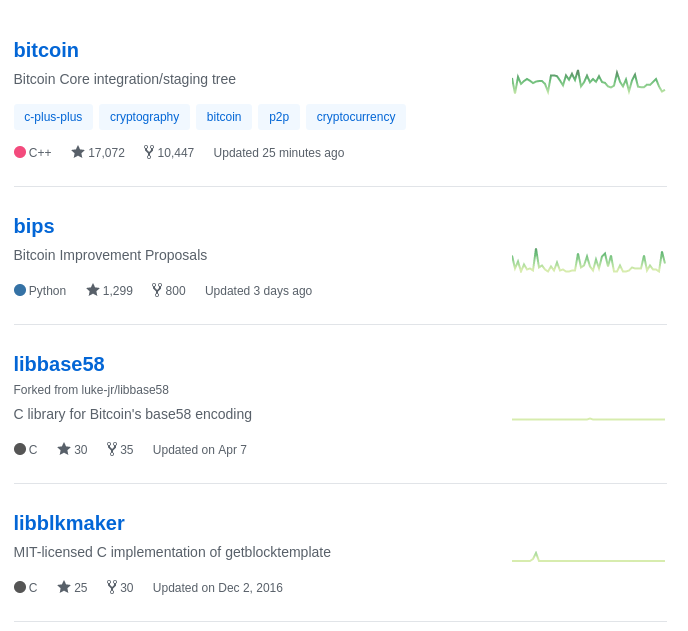
Another very active community is ethereum, let's look at the activity graph:
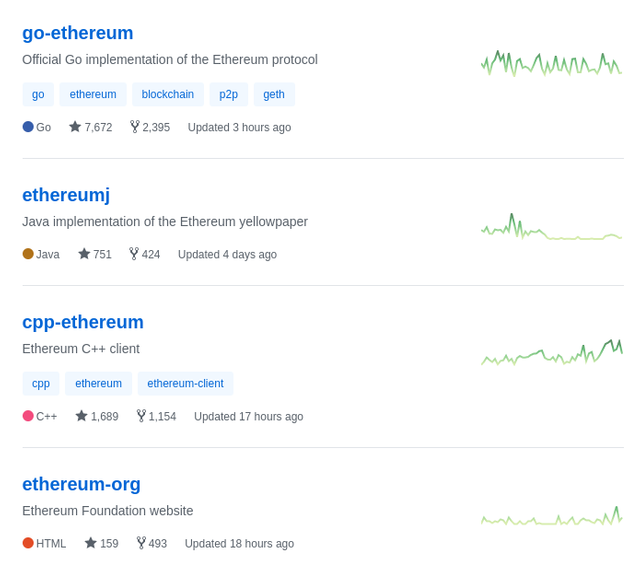
All those are repositories, and as you can see, at the right of every repository, there's little graphic showing this particular repository activity. In comparison, let's look at a coin with less activity:
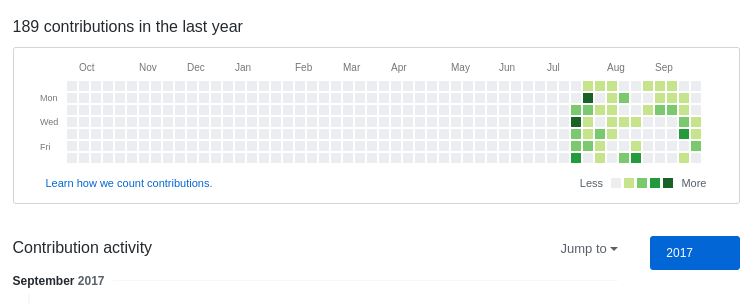
Here, as there's little history and less code commits, the scale is represented with those little cubes, the darker the green is on a period of time, the more commits there is, a clear gray cube means no activity in that period.
Now let's have a look at a coin with very little ongoing work:

As you can see, in this project that I will not name in order not to frustrate anyone, there is close to no activity since May this year. This is not a good sign for the health of the project, in simply means no work at all is published to this coin for more than 4 months. It may seem not so long, but in the life of a software, this is actually quite long, mainly if you have opened bug requests. We'll talk about those right now.
User interaction
Not only everyone can contribute to an opensource project, GitHub provides various tools to interact as a simple user, for example to fill bug requests to inform the developers that something is not working as it should on the software. Those are called "issues" and their list can be seen on the top menu of a repository:

On this issues list, if issues are staying here with no replies for months, this is also not a good sign about the coin's health, either the developer doesn't care, or he just left the building ;)
Another hint on the interest the community might have on a cryptocurrency is the number of stars the project has. It's pretty much like Facebook's Likes.

Visit the grave
Last but not least, here is an example of a dead coin, deserted for years, with no commits, no stars, a sad, sad repository:
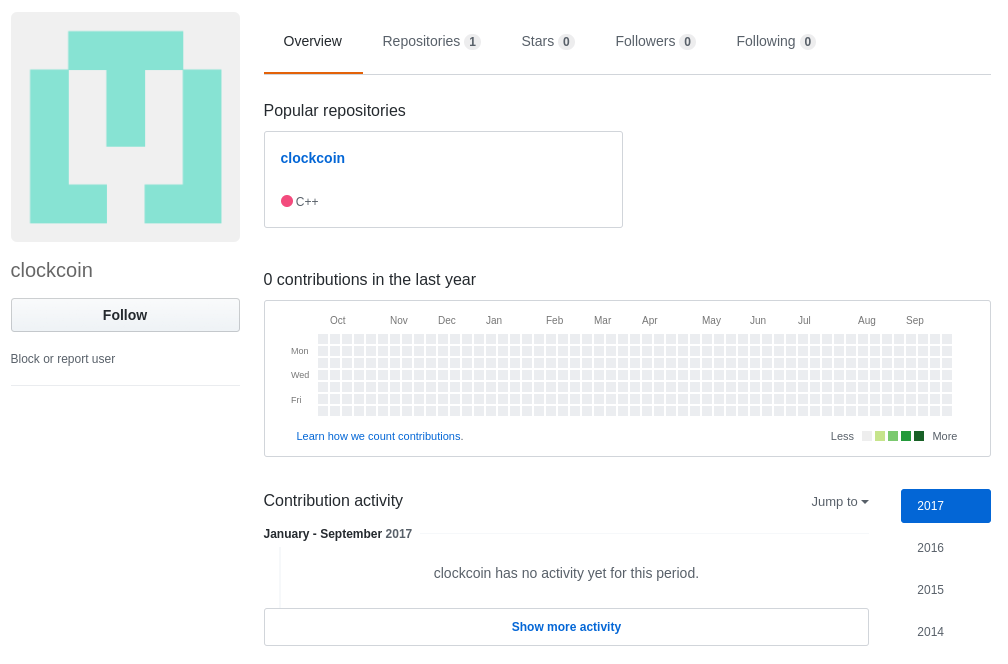
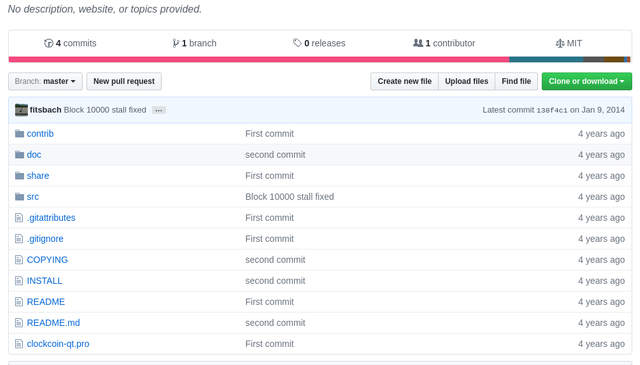
This is the worst you will find, take a look at the file list in the second screenshot, on the right you will find the last date a file was modified, or in short, the last commit that took place.
In comparison, let's have a look at a healthy repository, being worked on by many individuals:
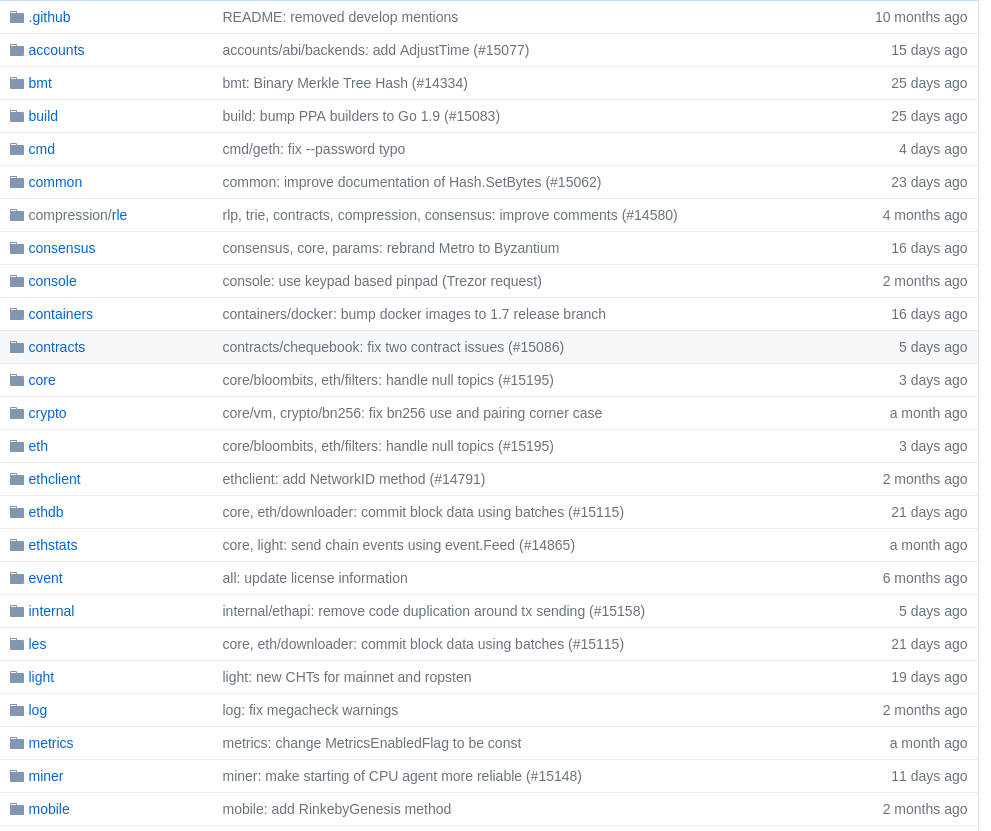
Thanks!
If you read this article until this line, congratulations, you now hopefully read a GitHub repository in order to detect if a coin is worth investing!
My name is iMil, I am an opensource developer since 1996 and here is my (not so active) GitHub page ;)
Great article, very informative!
Thank you so much for the info, very useful :)
This is really good and every Crypto investor should read it.